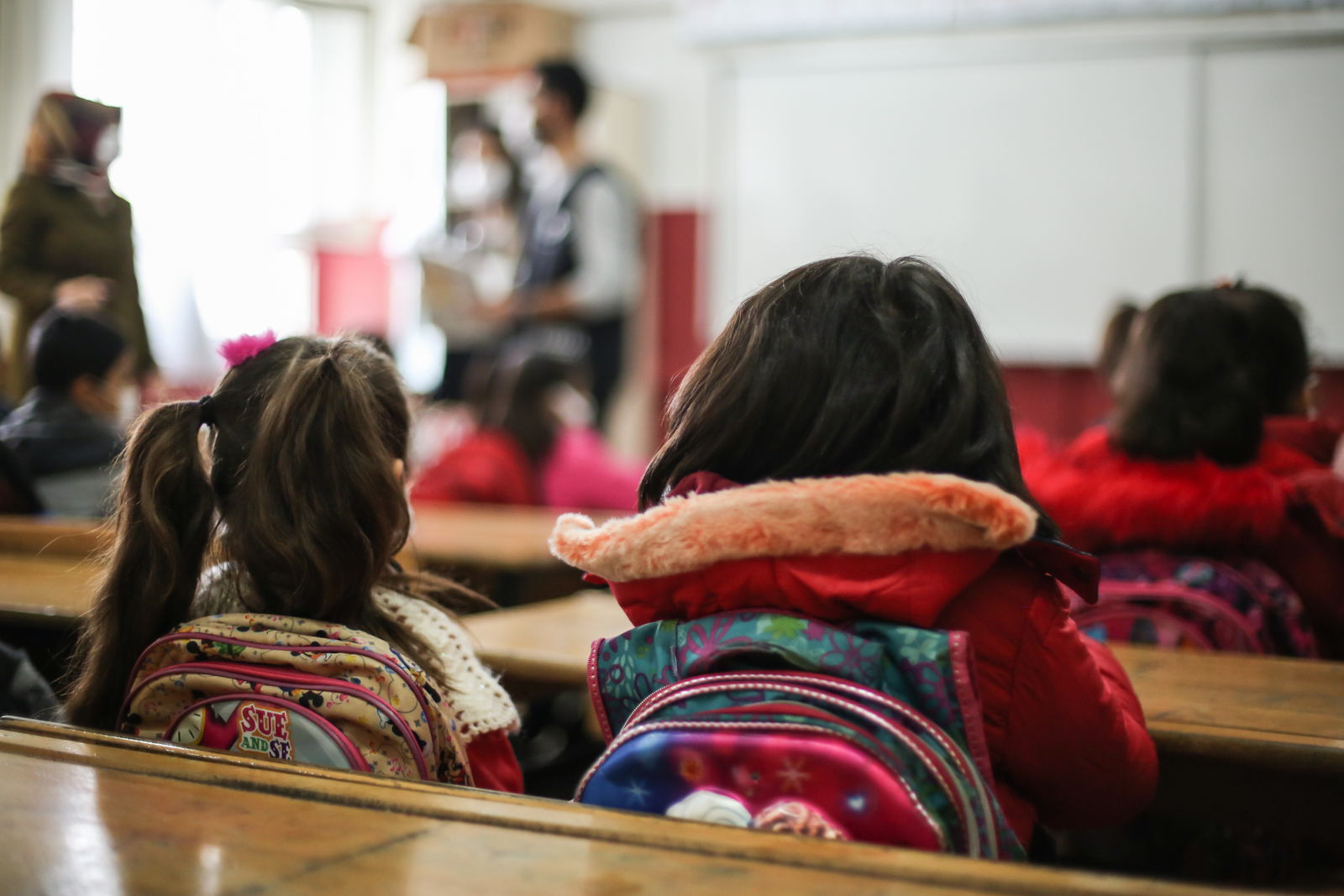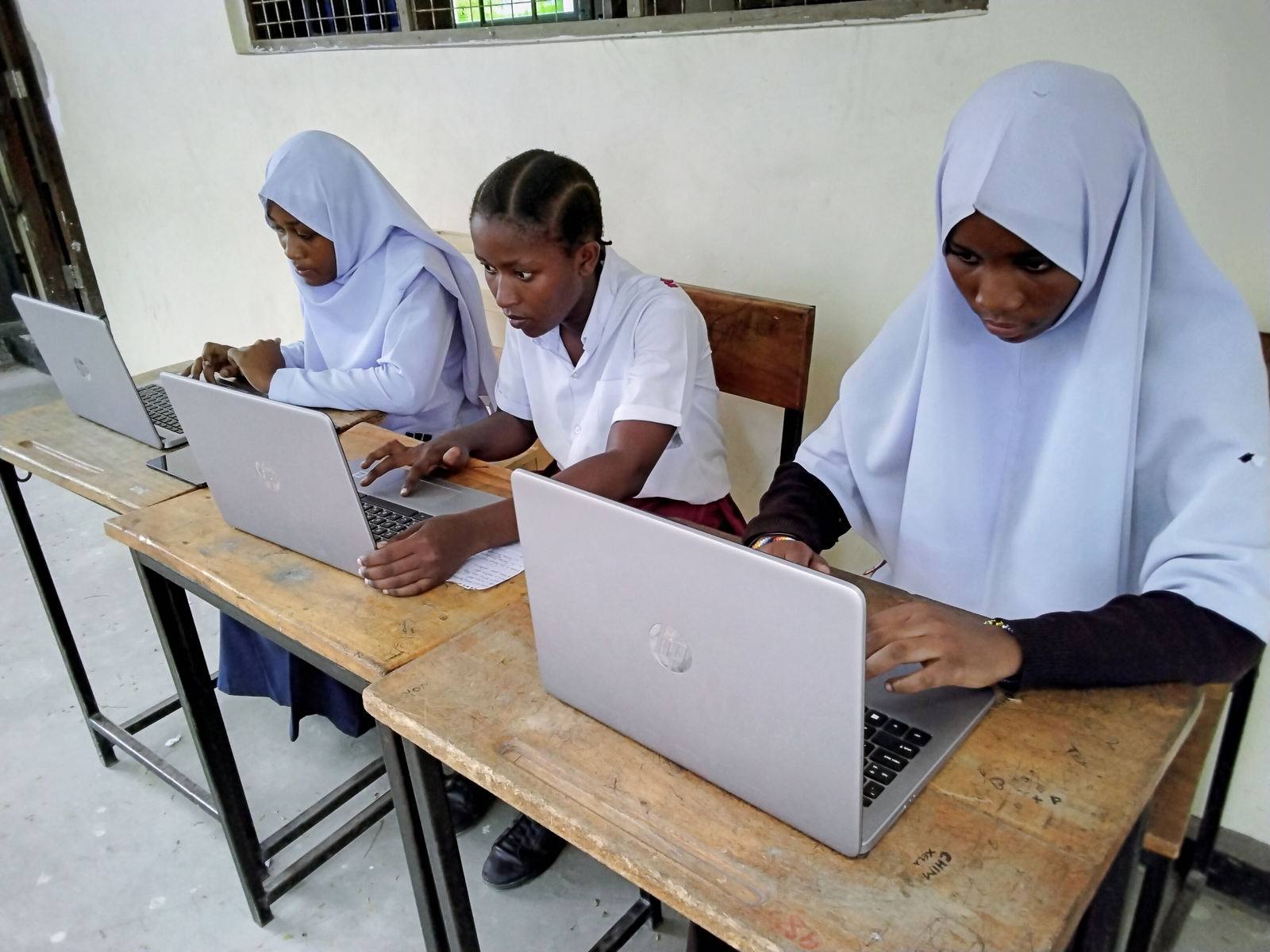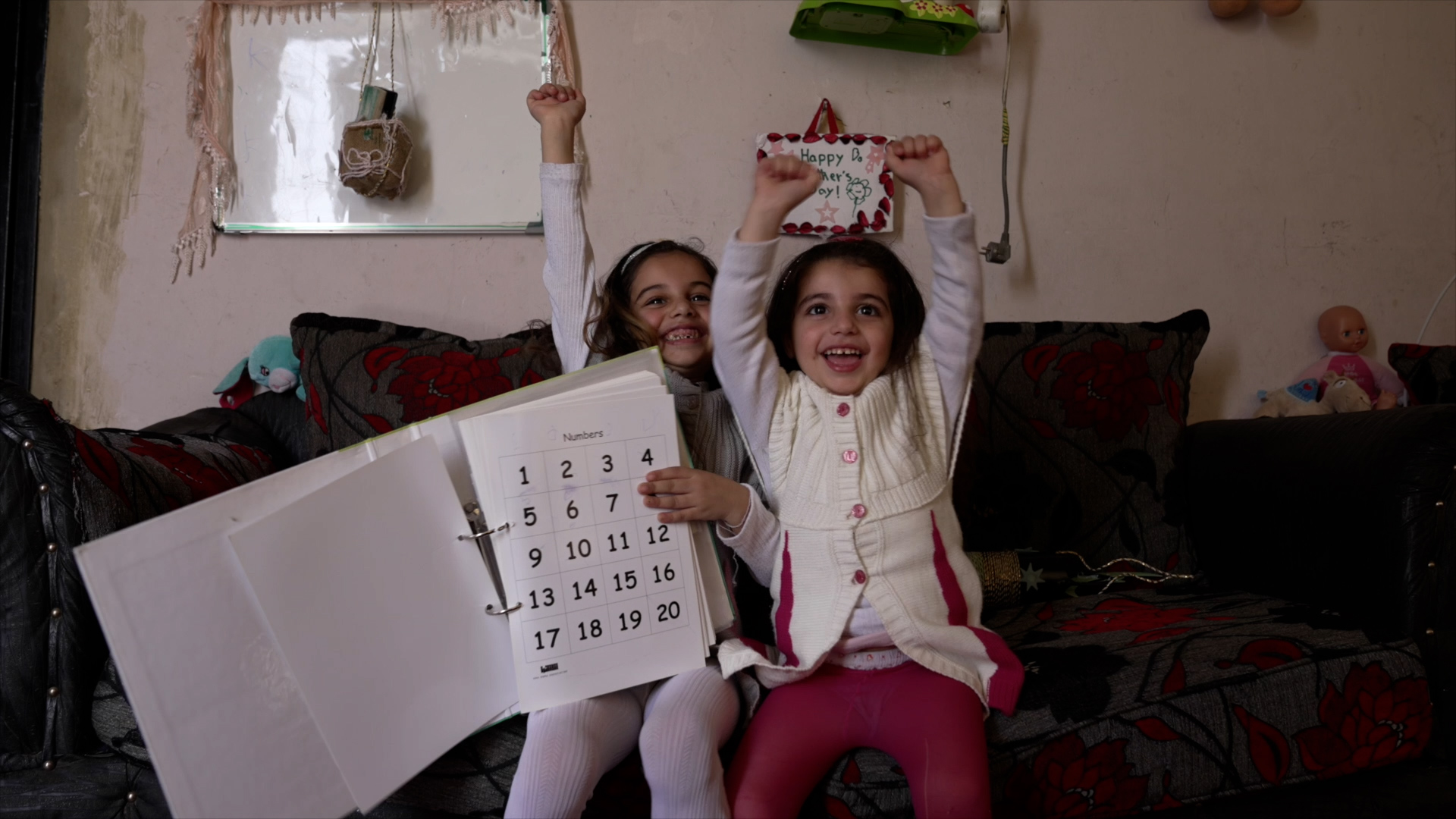
“Cultural norms, economic realities and conflict stifle girls’ academic ambitions”
Children in conflicts, Girls' education, Right to education
On International Day of the Girl, a Global Youth Ambassador from Cameroon looks at the future for females in sub-Saharan African countries.
As the world marks International Day of the Girl, the stark contrast in education outcomes between girls and boys remains. If you are poor, female and live in sub-Saharan Africa the future is bleak.
This year’s Day of the Girl theme – “With Her: A Skilled Girlforce” – calls on the global community to support girls’ transition into the world of work. But how can girls who have little or no education compete in the job market?
School fees, teen pregnancy, a lack of toilets and the cost of sanitary towels dictate whether or not a girl goes to school in the morning. And for thousands of girls in conflict zones violence is perhaps the biggest threat to getting an education.
Cultural norms, economic realities and conflict stifle girls’ academic ambitions.
The list of top 10 countries where girls have never been to school mirrors the conflict hotspots of sub-Saharan Africa. Between 75% and 95% of the poorest girls in Somalia, Niger, Liberia and Mali will never have never been to school.

In Somalia, a staggering 95% of girls from the lowest-income backgrounds have never set foot in a classroom. In Niger, 78% of the most marginalised girls have no primary education.
It is therefore no surprise that literacy rates for young women in Niger are less than half of that of their male counterparts – fewer than one in four girls can read.
The primary school gender gap has improved in Cameroon. In 2014, girls were just four percentage points behind boys. The gender disparity widens in secondary school and beyond.
Although many parents place great value on educating their daughters, overall young women have almost two years less education than their male counterparts.
As violence increases, parents are less likely to send their daughters to school through fear they may be kidnapped or killed.
But gender inequality in education is not just an African problem. Globally, there are one million fewer girls than boys starting primary school.
Over one in three countries worldwide have yet to attain equal numbers of girls and boys at the primary level. Over half have failed to achieve parity at lower secondary. And more than 75% have significant dropout rates for girls at the pivotal secondary level.
How then can the global community deliver on girls’ education? Experts agree that early childhood lays the foundation for success in education – yet pre-primary education in conflict countries is virtually non-existent.
In Somalia, just 2% of three and four-year olds have access to pre-primary. And in Iraq only 1% of children take part in early learning activities.
We know that children who have benefitted from quality pre-primary education are shown on average to have better health and higher incomes later in life. Yet 85% of children in low-income countries don’t have the access to pre-primary education that they deserve.
What girls in conflict-affected countries need most is access to safe, affordable schools. Maybe then they will have some hope of moving into the world of work and building sustainable futures.
More news

Skills for the future give young people the best chance of success
